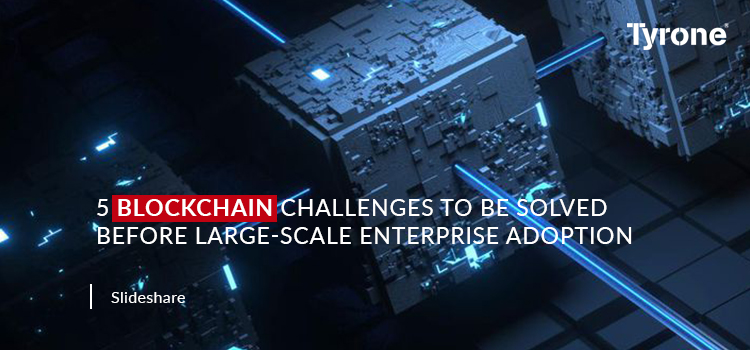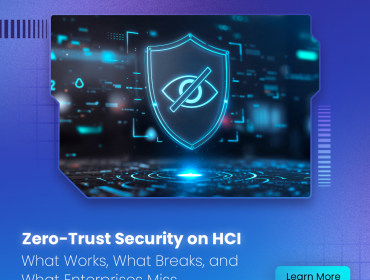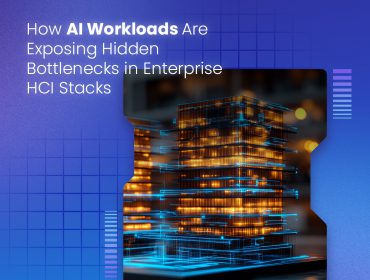Blockchain is perhaps one of the biggest buzzwords in both finance and technology today.
Proponents tout it as the technology that will revolutionize the financial services, pointing to its ability to function without a central authority and also store data in a tamper-proof way.
But they also believe it will be beneficial to a variety of industries beyond finance and tech, particularly ones beset by a huge trail of paper records and outdated legacy technology — whether that’s healthcare, real estate or law.
However slow transaction speeds and a lack of standardization for instance threaten to stunt blockchain’s growth.
Here are some more challenges to be addressed before adoption of Blockchain:
Lack of standardization
There are thousands of active Blockchain projects today running on different platforms. Each of these platforms has its own coding language, set of protocols and consensus mechanism. It is difficult for the platforms to interact with each other without a translator.
Organizations are working to develop a standard version of the Blockchain to improve cross-platform collaboration.
Scalability
Energy
Blockchains need a high degree of computational power and hence consume a massive amount of electricity
In a Blockchain, miners (who work to validate transactions) pick up a block of transactions and try to generate the right hash output for the block. This process relies on complex cryptography and solving of complex mathematical problems. As a result, a lot of electricity is needed to fuel the computers involved.
Security
All the public Blockchains are vulnerable to 51% attack.
All the transactions happening on the Blockchain have to be validated by the majority of miners present in the network. If any miner or group of miners gains control of 51% of the nodes on the network, they can prevent other miners from creating new blocks and hinder the validation of new transactions. They can even reverse the transactions confirmed by them.
The possibility of this attack, however, decreases as more miners join the Blockchain network.
Costs
Any Blockchain network needs computers with a high degree of computational power. So, Blockchain technology does not come cheap. Large-scale implementation of Blockchain will involve its integration with legacy systems which is expensive. This will discourage corporations and governments from adopting Blockchain.












